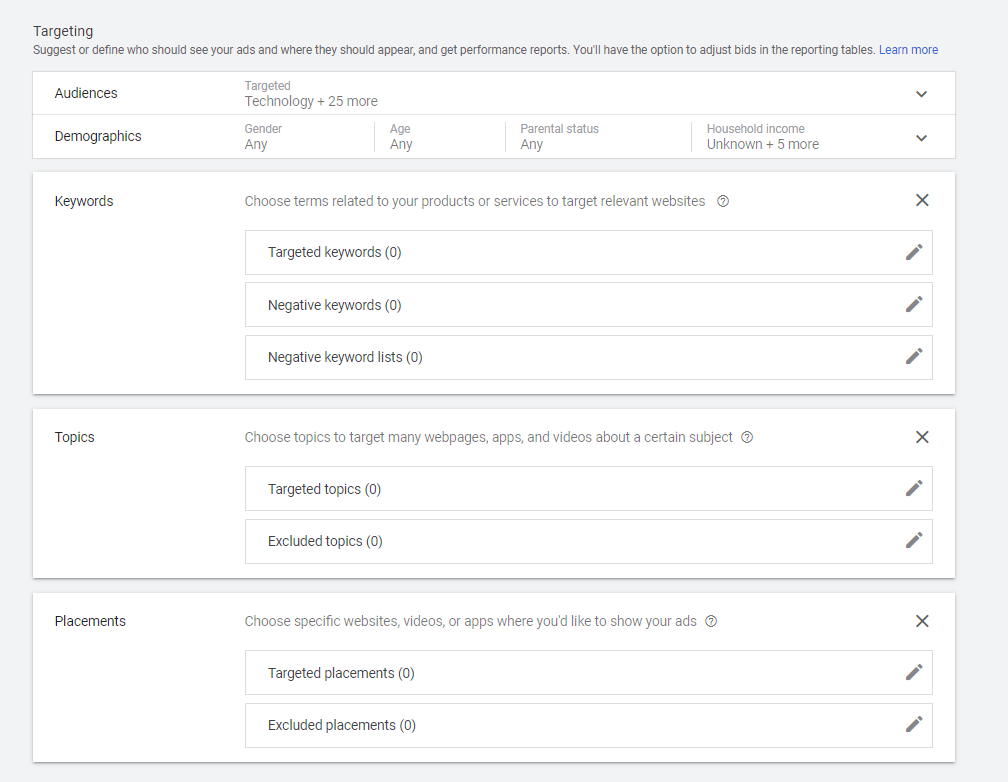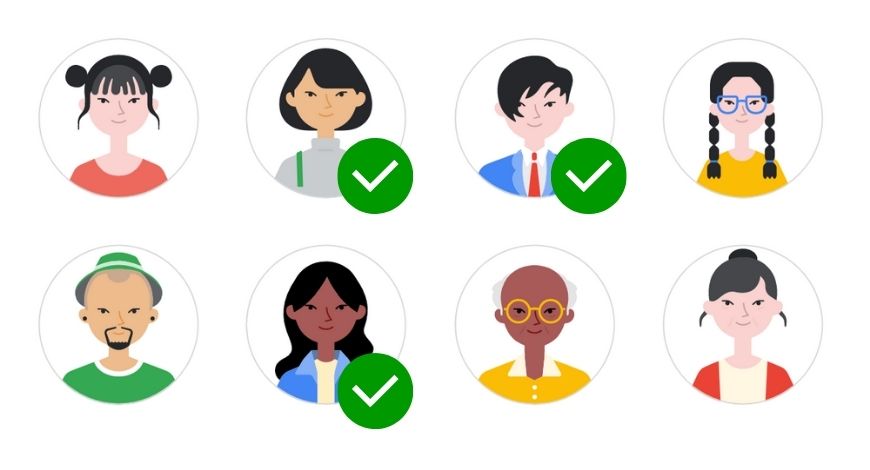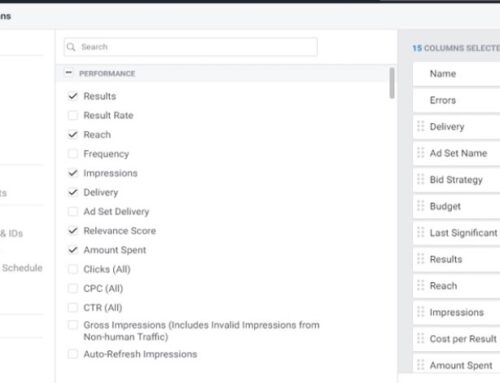As of July 2021, Google is making a series of new changes to the Display Network. This feature will be slowly rolling out and will become the standard in the very near future. We believe that it is a significant change to our current Display Network options. In essence, they have simplified the display campaign structure and tweaked the audience targeting with a new feature called “Optimized Targeting.” Let us dive deeper into more details.
1. Simplified display campaign structure
For most accounts now (as of writing), we are given two options when we create a Display campaign (ignore Gmail as it’s not related here): Smart display and Standard display.

The first is the newer and almost fully automated campaign. You did not have to do much; just ensure you continue using the best-performing assets. You couldn’t target audiences, devices, or placements. In short, you were just putting in the budget and allow Google’s machine learning to learn and optimize toward your goals over time. This is also the trend that we are headed in – a world of automation and data-driven advertising.
The standard display gives the advertiser much more control. This is the classic one. Advertisers can control the audiences, devices, and placements within this campaign. They are allowed to choose where they want their ads to show on. On which site topics, which URLs, and so on. You get to control who and where someone sees your ads. You also get to exclude places you don’t want your ads to show.
With the new update, instead of 2 choices, we now have 1.

In short, they have combined Smart Display and Standard Display into one unified thing, now called “Display campaign.” This display campaign has features from both the legacy smart and standard display campaigns. At the same time, it allows the advertiser to leverage both Google’s machine learning with manual user input. Read the preceding line again.
Before this, the advertiser had to choose between 1 of the 2 to use. And if they wanted both automation and manual, they had to use 2 campaigns. Now you have 1 versatile, robust campaign. We absolutely love this update. It feels like Google is listening to their user’s suggestions this time.
In the past, smart campaigns were really good to use, but the main drawback is the lack of user input.
2. Optimized targeting
Optimized targeting is a new audience targeting feature being used with the new unified Display campaign. What does it do? Optimized targeting looks at information like keywords on your landing page or in your creative assets, then finds audiences that can meet your campaign’s goals. If you don’t want to use optimized targeting, you can turn it off in your ad group settings.

GIF Image by Google
Optimized targeting is an automated audience targeting feature in Google Ads. You do not input anything to it, but you may turn it off within the campaign. You trust the almighty Google machine learning to understand what your website and ads sell and reach out to those most interested users. Remember, Optimized Targeting is always optimized towards your campaign goals.
Now you may say, “automated targeting, cool. Now what do I do?”. Remember the first point that we made? A simplified display campaign structure will soon become the new norm for display ads. On top of Optimized Targeting, you can also add criteria like audience segments, keywords, placements (also known as “targeting signals”) to optimized targeting. Optimized targeting uses targeting signals to find similar criteria to serve your ads on. If optimized targeting finds better performing traffic, it may reduce or stop serving traffic on your signals.
Basically, you are giving Google a seed or starting point of the audiences you want to show to, and they will use it and expand from there.

This gives you a lot of control. For example, you should take your top-performing keywords and add them into the ‘manual inputs.’ You can also add negative keywords to the audience to exclude content with relation to that keyword. Include and exclude certain online topics from serving your ads. Adding “placements” is the most granular form of control. It allows you to manually include and exclude websites you want or don’t want to show on. These signals are used as a starting point by the Google system to find the best-performing criteria to serve your ads on.
Google recommends you to enable optimized targeting when:
- You want to acquire new, relevant customers while meeting your goals.
- You want to acquire new, relevant customers, and you have specific audience segments in mind.
The second point is really what most of us advertisers are looking for. We want back some control while leveraging Google’s machine learning capabilities. And this is a potentially sweet spot for optimization.
The only time where you should not use Optimized Targeting is when you want previous customers to purchase your products or use your services again. In this case, turn off Optimized Targeting so that the campaign can solely focus on past customers from your audience list.
Why we care
This new push could indicate that Google is actively listening to their consumer’s feedback and making adjustments to their product. Overall, it has simplified display campaign creation without stripping off any features and should be seen as a positive for new users.





